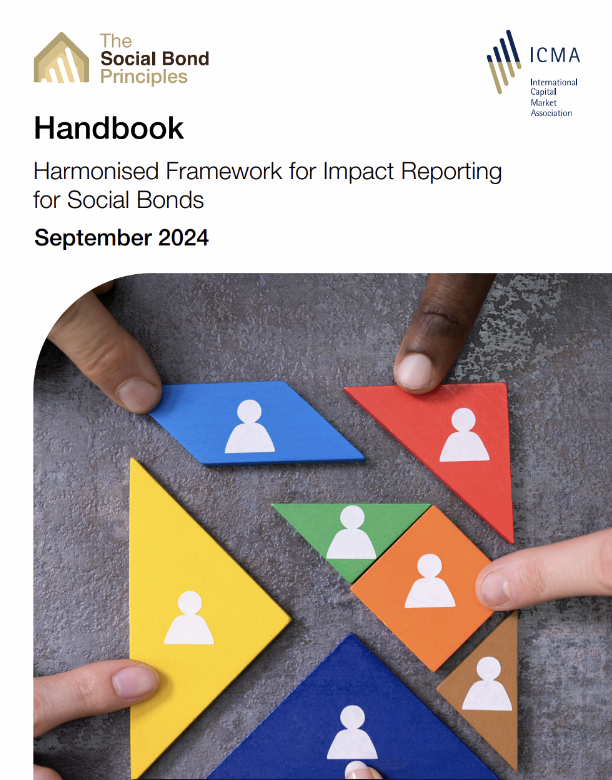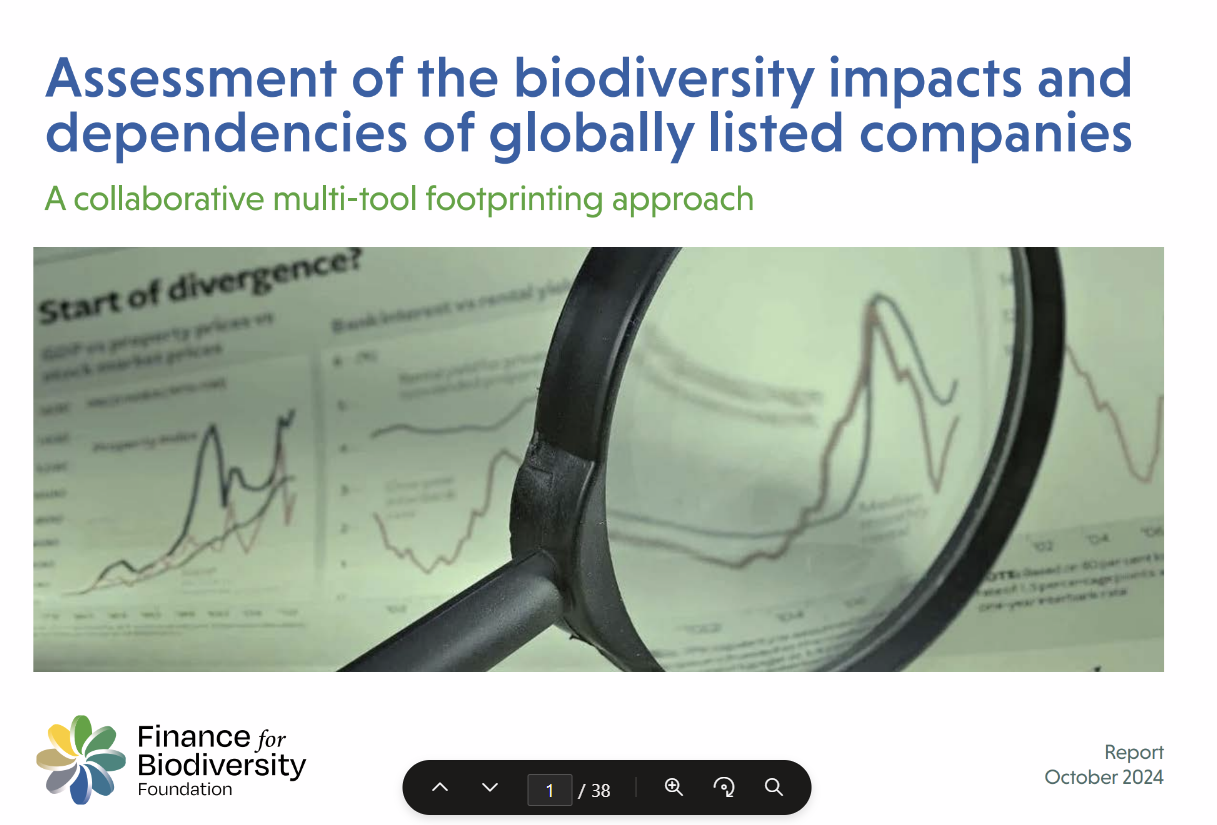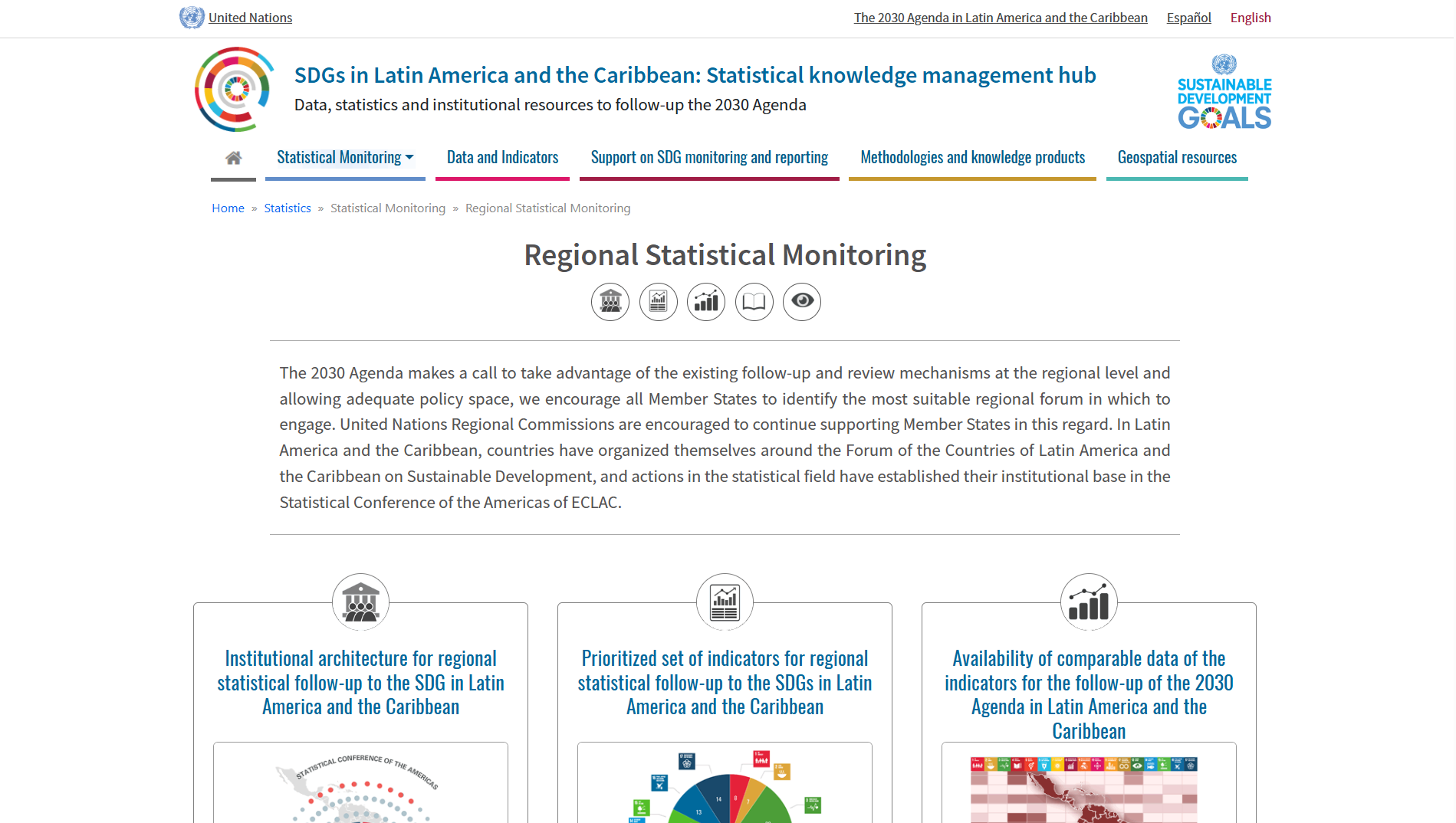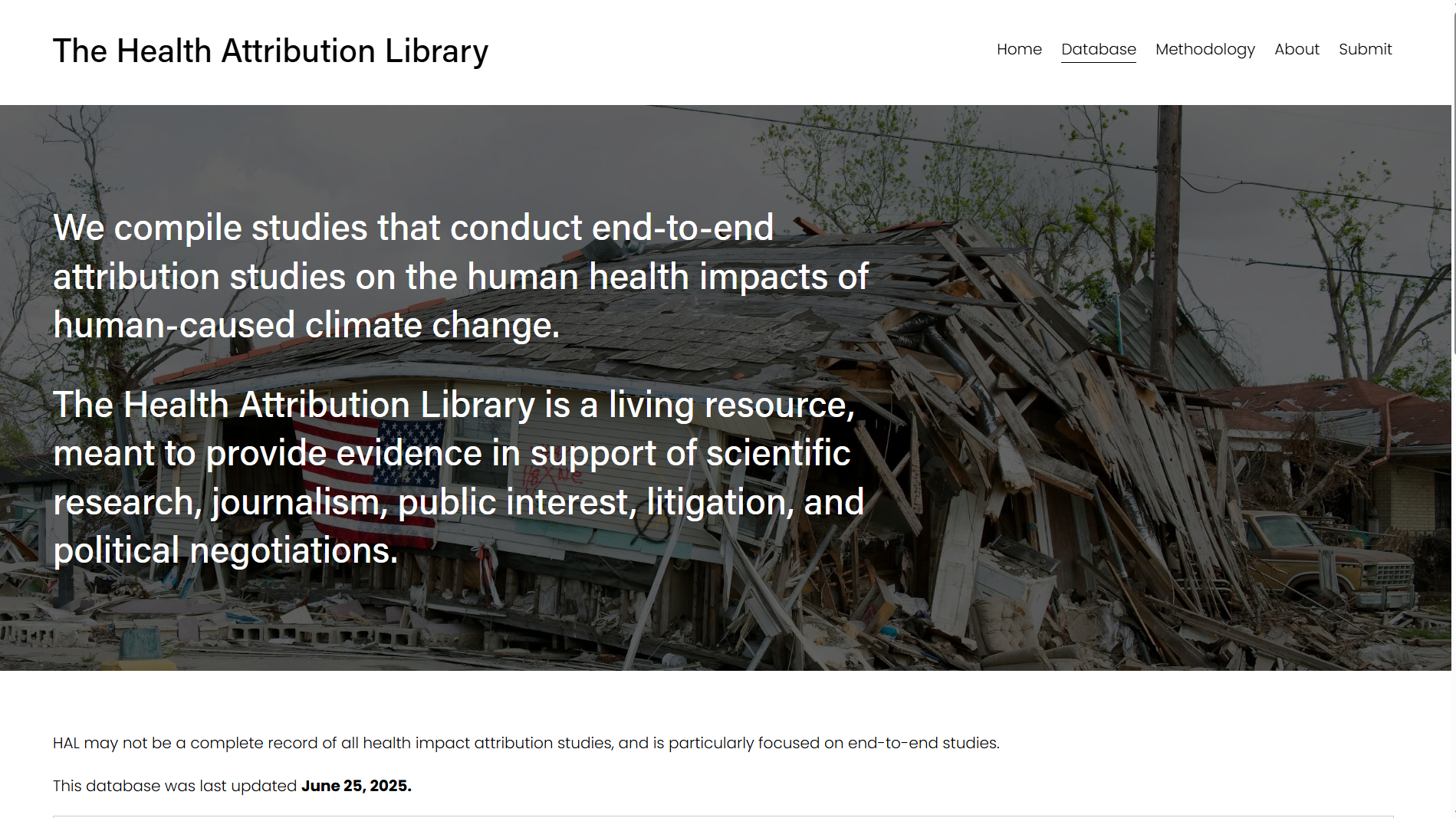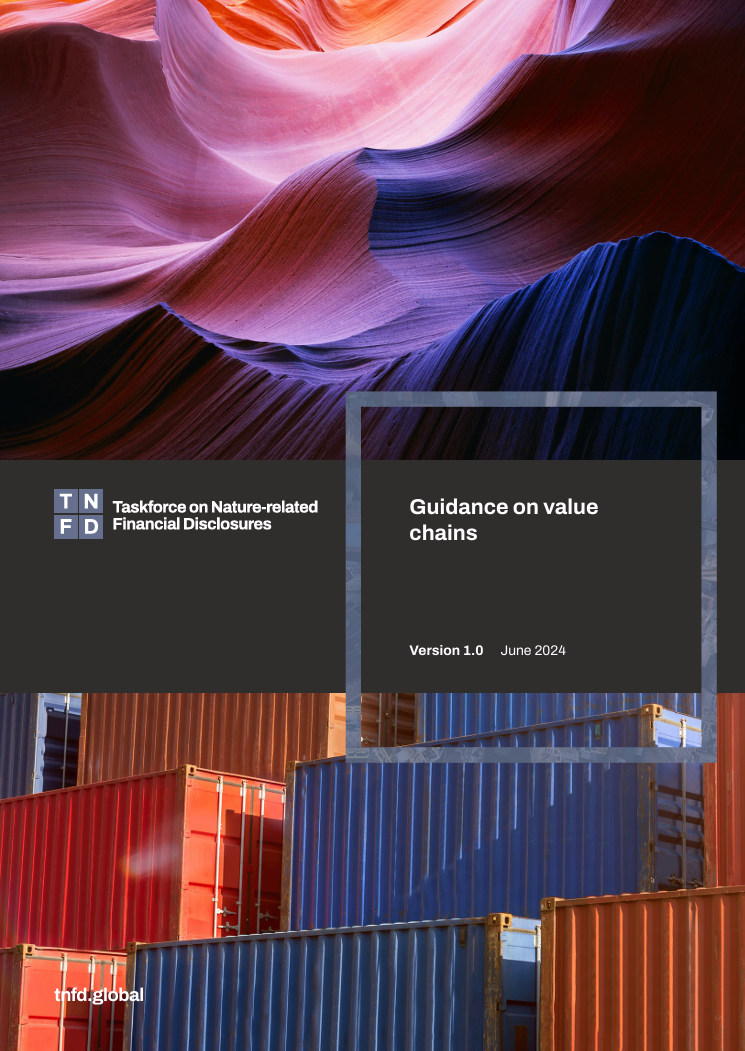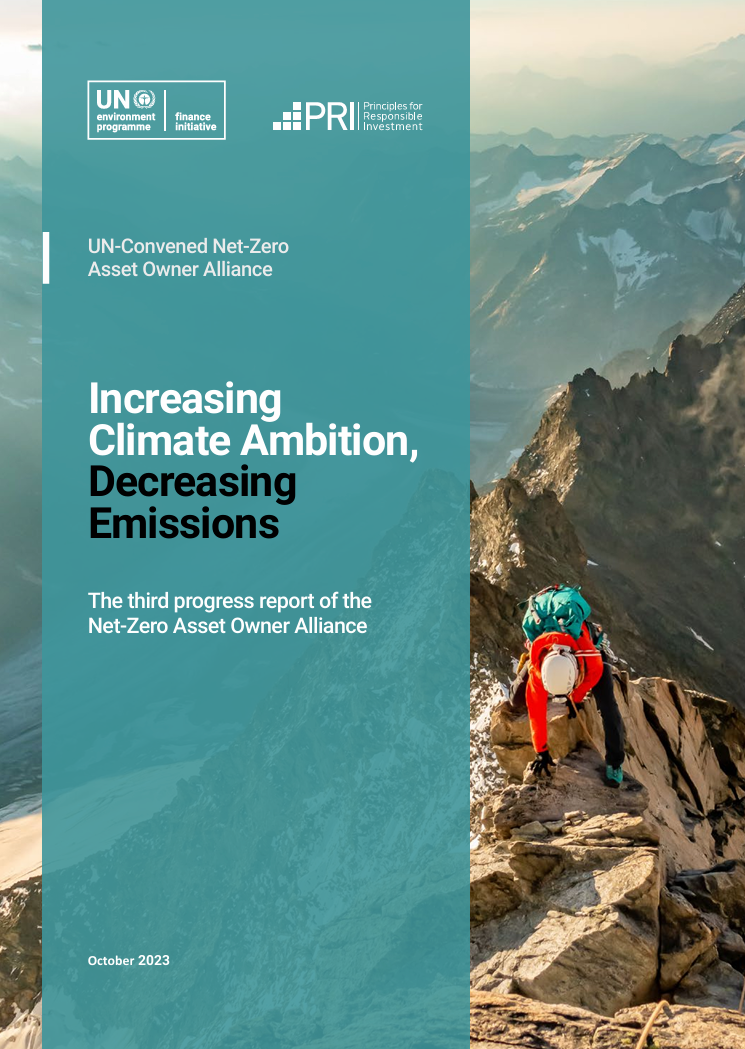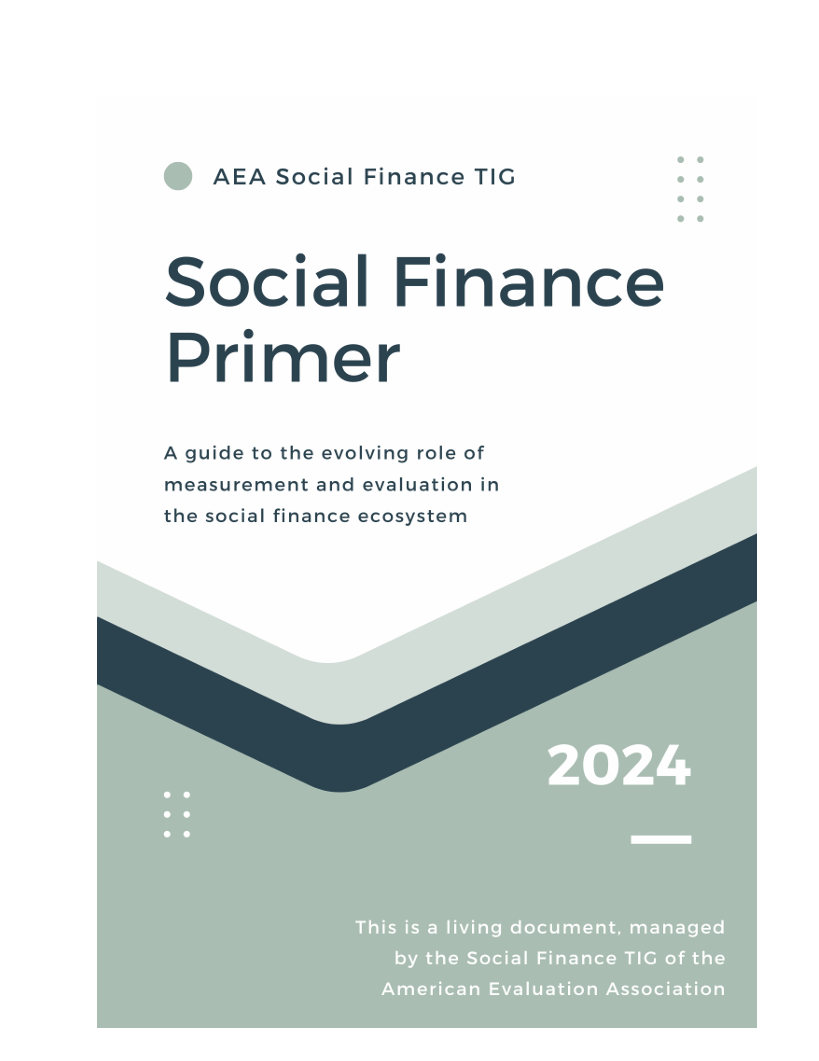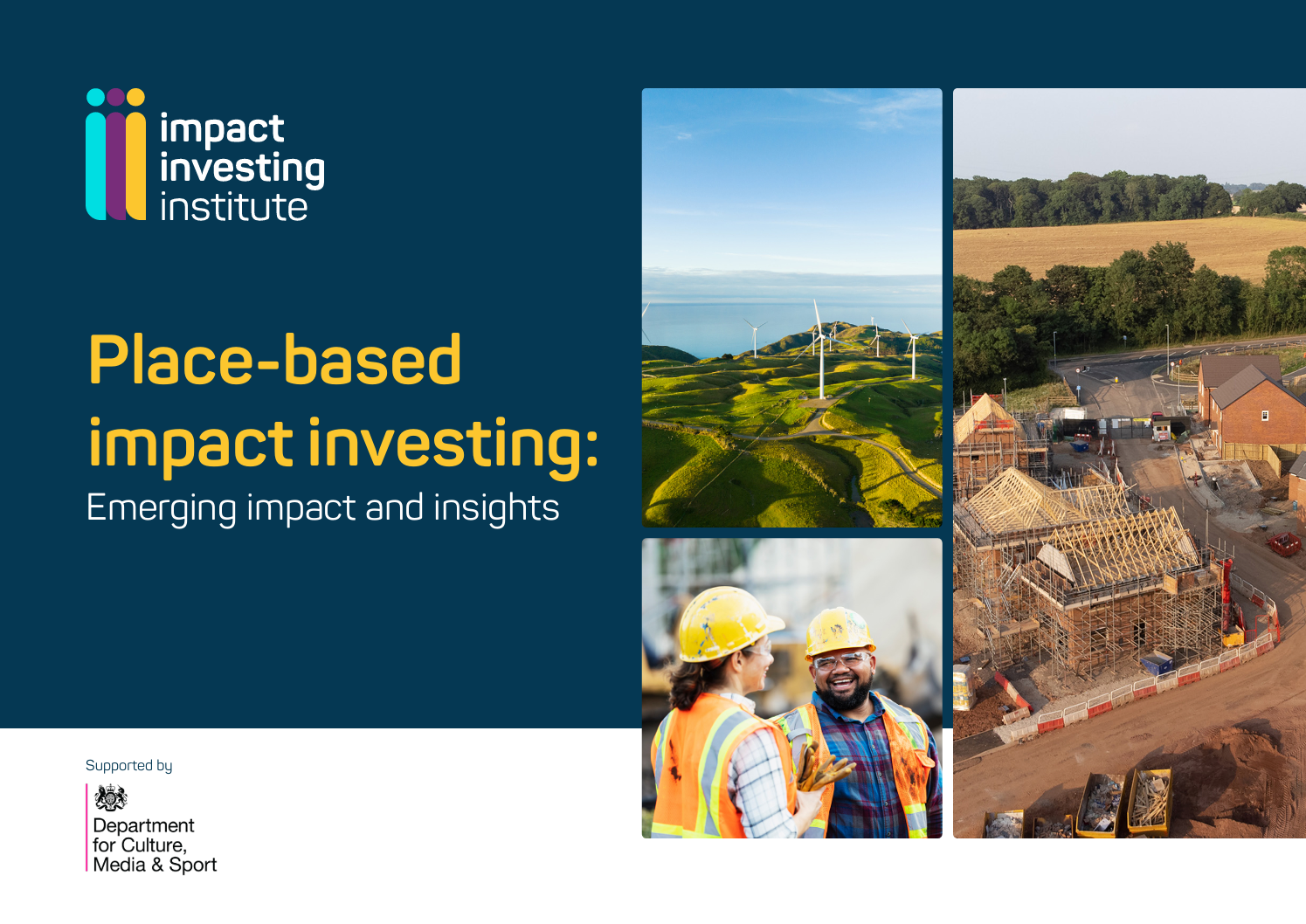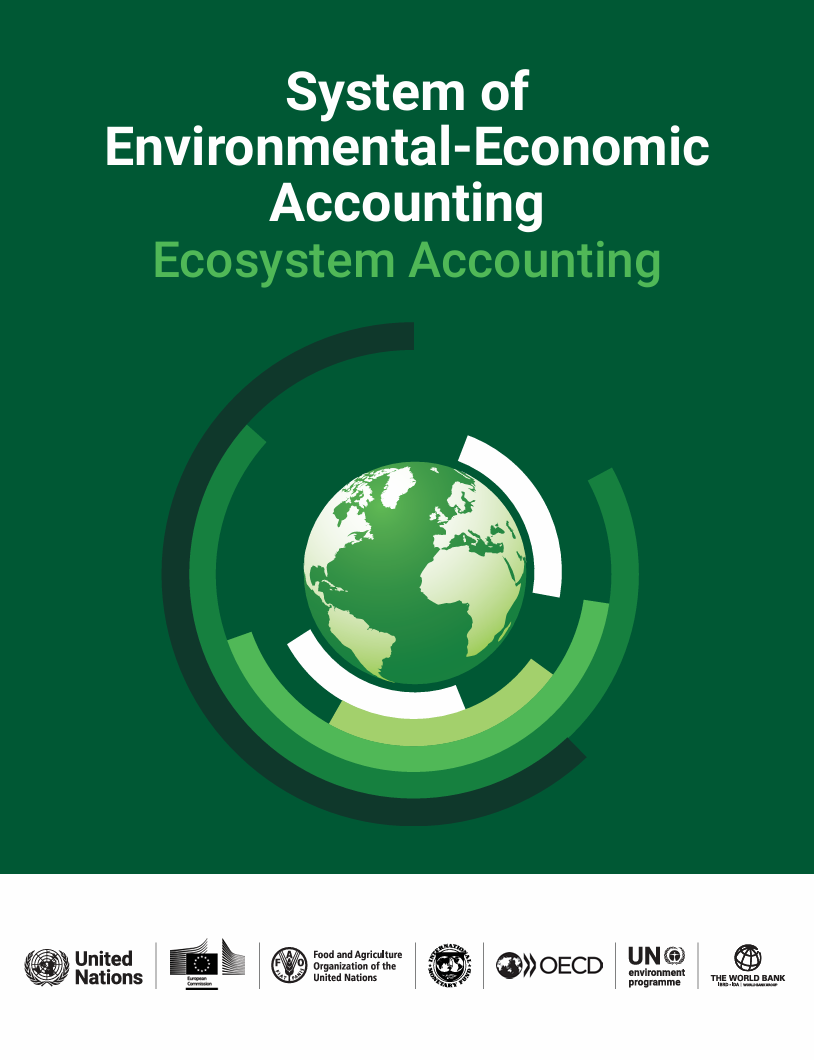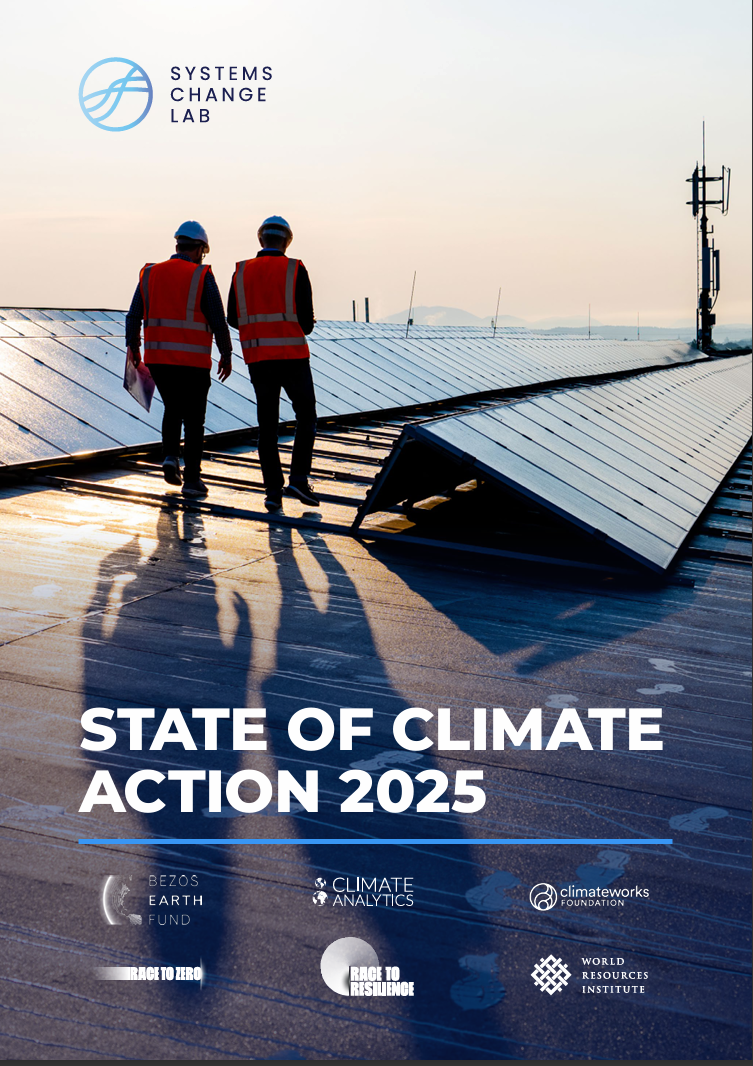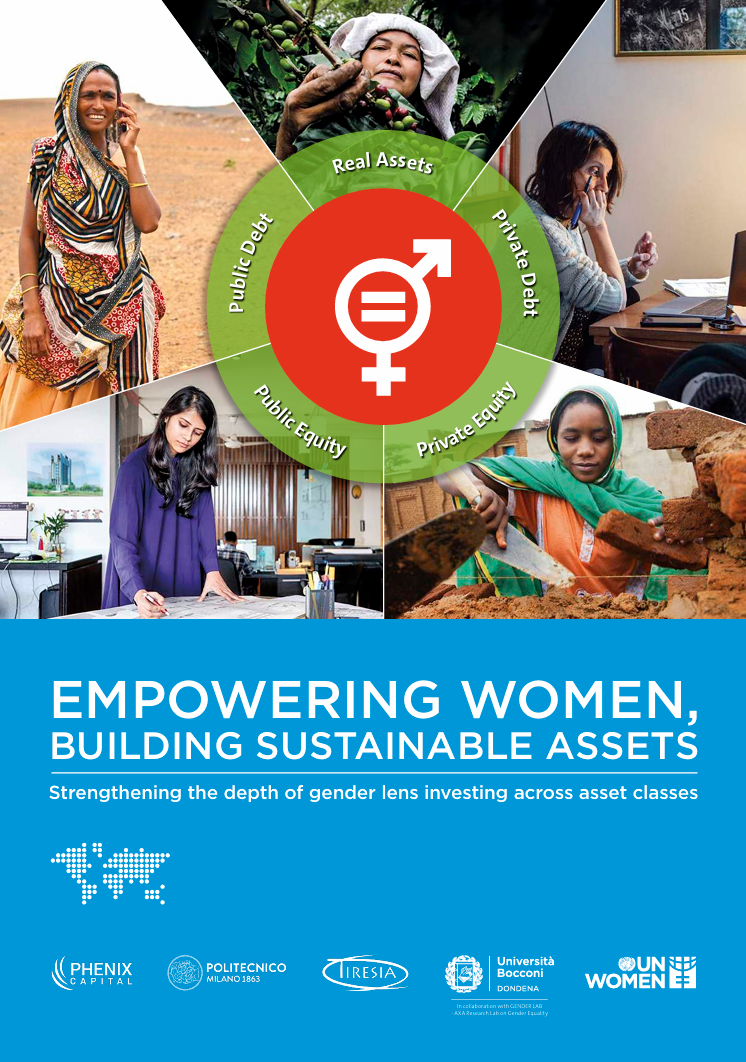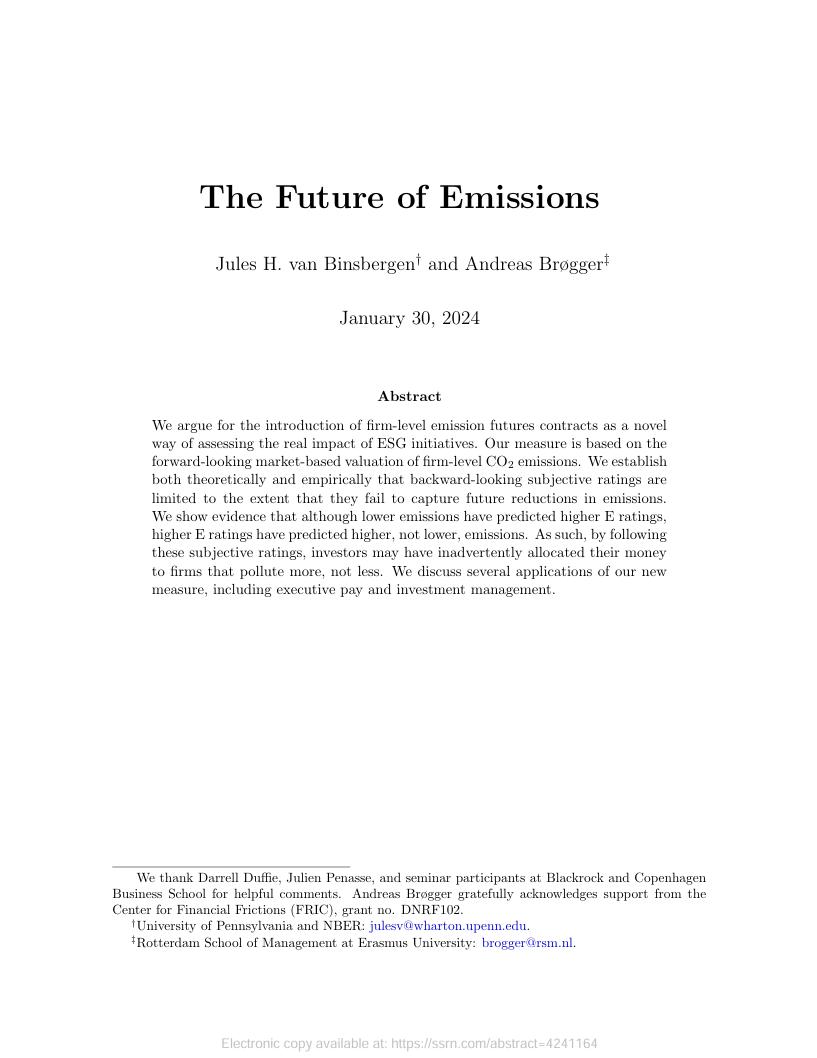Library | Sustainable Finance Practices
Impact measurement and verification
Approaches for defining, measuring, monitoring, and verifying the environmental, social, and financial impacts of investments using metrics, indicators, and verification standards.
Refine
255 results
REFINE
SHOW: 16


Harmonised framework for impact reporting for social bonds handbook
The handbook provides a harmonised framework for issuers to report social bond impacts, outlining core reporting principles, target population disclosure, and preferred quantitative indicators. It introduces sector guidance—initially affordable housing—and offers templates to support consistent, transparent, and comparable impact reporting across social project categories.
Assessment of the biodiversity impacts and dependencies of globally listed companies
The report assesses biodiversity impacts and ecosystem service dependencies of 2,369 globally listed companies using multiple footprinting tools. It finds impacts highly concentrated among few firms, driven mainly by climate change, pollution and land use, with food, energy and chemicals sectors prioritised for investor engagement.
SDGs in Latin America and the Caribbean: Statistical knowledge management hub
The tool Regional Statistical Monitoring on the Economic Commission for Latin America and the Caribbean (ECLAC) portal aggregates comparable regional data on Sustainable Development Goals (SDG) indicators — combining global databases with regional-specific statistics and trend projections — to track progress towards the 2030 Agenda for Sustainable Development in Latin America and the Caribbean.
International Union for Conservation of Nature (IUCN)
International Union for Conservation of Nature (IUCN) is a global membership Union—comprising governments, NGOs and civil-society organisations—that works to conserve biodiversity and promote sustainable use of natural resources. Founded in 1948, IUCN mobilises a network of over 1,400 Member organisations and around 16,000 experts worldwide. IUCN monitors species and ecosystems, develops data-driven policy guidance, and supports conservation and restoration projects across lands, oceans, freshwater systems and climate-sensitive regions.
The (climate) Health Attribution Library
The Health Attribution Library is a curated “living” database compiling peer-reviewed studies that quantify human-health impacts of anthropogenic climate change through end-to-end detection and attribution analysis.
Guidance on value chains
This guidance outlines how organisations can assess nature-related dependencies, impacts, risks and opportunities across their value chains. It explains common challenges, approaches using the TNFD LEAP framework, and the role of primary and secondary data. It also summarises how major sustainability frameworks address value chain considerations.
Freshwater ecosystem explorer
FreshExplorer is an interactive mapping tool that displays data on water, sanitation, and hygiene services globally, assisting policymakers and researchers to view coverage statistics, trends, and service gaps. The platform enables data exploration by country, service type, and time period, using Aus/UK spelling and grammar conventions.
Increasing climate ambition, decreasing emissions: The third progress report of the net-zero asset owner alliance
The report outlines the Net-Zero Asset Owner Alliance’s progress in reducing financed emissions, strengthening target-setting, and expanding climate-solution investments. It highlights updated methodologies, increased engagement with companies and policymakers, and rising member participation, underscoring the need for credible transition pathways and supportive policy environments to advance alignment with 1.5°C goals.
Social finance primer: A guide to the evolving role of measurement and evaluation in the social finance ecosystem
This report by the American Evaluation Association’s Social Finance TIG outlines the evolving role of measurement and evaluation within the social finance ecosystem. It explains key concepts in impact investing, frameworks for assessing outcomes, and the intersection between evaluation and social impact measurement, offering resources for practitioners.
Place-based impact investing: Emerging impact and insights
The report examines the expansion of place-based impact investing (PBII) in the UK since 2021. It outlines how institutional and local investors, supported by public–private partnerships, are aligning financial returns with social and environmental outcomes. The study highlights progress, barriers, and pathways to scaling PBII through collaboration and blended finance.
System of environmental-economic accounting ecosystem accounting series
The System of Environmental-Economic Accounting (SEEA) is an international benchmark series that integrates economic and environmental data to measure the interdependence between nature and the economy. It provides a consistent statistical framework for assessing natural assets, ecosystem services, and environmental impacts to support sustainable policy and decision-making across nations.
State of climate action benchmark series
The State of Climate Action benchmark series tracks global progress toward limiting warming to 1.5°C. Produced by Systems Change Lab and partner organisations, it translates the Paris Agreement into measurable sectoral targets and indicators, offering an annual assessment of the pace and scale of climate action across major emitting sectors and finance systems.
Empowering women, building sustainable assets: Strengthening the depth of gender lens investing across asset classes
The report analyses the growth and practices of gender lens investing (GLI) across asset classes. It highlights how institutional investors and impact funds integrate gender equality goals into investment strategies, identifies challenges such as limited data and standardisation, and provides guidance to deepen GLI’s contribution to achieving Sustainable Development Goal 5 on gender equality.
Phenix Capital Group
Phenix Capital Group is an Amsterdam-based impact investing intelligence and advisory firm. It helps institutional investors and fund managers access curated impact fund data, conduct impact due diligence, and develop financial-first impact strategies tied to the United Nations’ Sustainable Development Goals (SDGs).
The future of emissions
This report proposes using firm-level emission futures contracts to better measure and incentivise real environmental impact from ESG investing. It finds that current backward-looking ESG ratings fail to predict emission reductions and may misallocate capital to higher-polluting firms. Market-based, forward-looking emission futures could improve measurement, incentives, and investment impact.
Impact-linked finance: Learning from eight years and ideas for the future
This report by Roots of Impact (2024) reviews eight years of experience implementing Impact-Linked Finance (ILF), a structuring approach that rewards measurable social or environmental outcomes by linking financial terms to impact performance. It outlines ILF’s evolution, design principles, effectiveness benchmarks, and opportunities to scale through collaboration and new impact-linked instruments.
